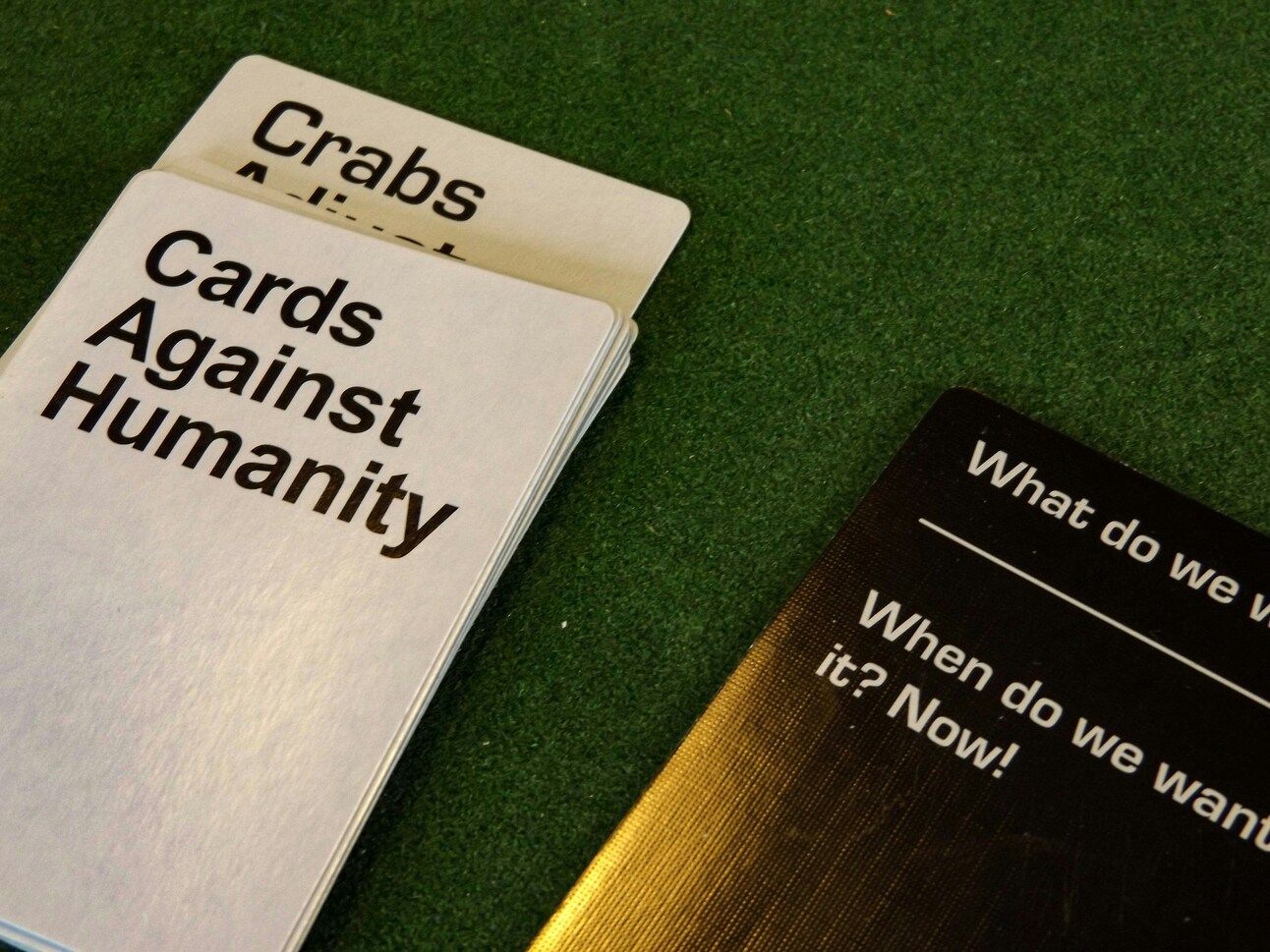Today, we look at Cards Against Humanity, the rebel game company that pulled off one of the most ridiculous Black Friday stunts ever—earning $71,145 without shipping a single product.
"The greatest Black Friday gift of all is buying nothing. We’re offering that for the rock-bottom price of $5. How can you afford NOT to seize this incredible opportunity?"
Here’s what you’ll learn:
The bizarre Black Friday stunt that made $71,145 without delivering a single product.
Why thousands of fans paid $5 to receive absolutely nothing, and felt good about it.
How Cards Against Humanity turned a prank into a marketing masterclass.
What the team actually did with the money.
The real reason this absurd strategy deepened customer loyalty instead of breaking it.
But first, be sure to check out our sponsor:

Work Smart, Travel Smarter – The #1 Digital Nomad Newsletter
Join over 200,000 subscribers who get the best travel tips, remote work hacks, and unbeatable deals. Whether you're picking your next destination or upgrading your gear, we've got you covered. Start traveling smarter today.

A Game That Broke All the Rules
Cards Against Humanity started in 2011 as a weird, unfiltered card game made by a group of friends from Chicago. It wasn’t like other games. Instead of being polite or family-friendly, it was full of dark jokes, bad words, and totally inappropriate humor—on purpose.
The creators launched it on Kickstarter and raised more than they expected. Soon, the game became a huge hit. It was often sold out on Amazon and became known as the party game for people with a twisted sense of humor.
But what really made Cards Against Humanity different wasn’t just the cards. It was the attitude. The company acted like a group of pranksters running a business. Every year on Black Friday—when other companies offered big sales—they did the opposite. One year, they raised their prices. Another year, they sold cow poop in a box. Fans loved it.
Then came 2015, when they pulled their wildest stunt yet.


Sponsored
Hunter's Insights
Keep Up with the Latest Amazon Seller News and Insights! Your Essential Weekly Source - Delivered Every Wednesday

The Year They Sold Absolutely Nothing—and Made $70,000 Doing It
In a sea of manic discounts and mass consumerism, Cards Against Humanity decided to offer the ultimate anti-deal.
They sold nothing—literally.
Visitors to their website on Black Friday were met with a plain message: “Buy Nothing for $5.” No hidden products. No service. Nothing. They clearly warned their customers with the following tongue-in-cheek message:
“On Black Friday, Cards Against Humanity is once again doing the only sensible thing: selling nothing. We are offering the ultimate Black Friday experience by selling nothing. We’re not even joking.”

Over 11,000 people clicked the button, and CAH made $71,145 in revenue with no inventory, no logistics, and no customer service involved.
The internet exploded with mixed reactions. Some hailed it as performance art, a satirical jab at mindless consumerism. Others thought it was a scam. Loyal fans were divided—was this a joke, a secret promo, or a trap?
But CAH didn’t shy away from the backlash. Instead, they doubled down by publicly sharing how they spent the money. Their team used the funds on an absurd shopping spree: a gold-plated sex toy, a custom-tailored suit, a new futon, a framed oil painting of President James Buchanan, and even a modest donation to the Chicago Poetry Center.
The public ledger was hilarious, petty, and totally on brand. It was chaos, with receipts.

The Punchline Pays Off
What made the “Nothing” stunt so smart wasn’t just the joke—it was how perfectly it matched the brand. Cards Against Humanity had spent years building a bond with fans by being weird, cynical, and funny in a very self-aware way. This wasn’t a last-minute money grab—it was a kind of performance, and the audience knew it.
They didn’t need to ship a product. What they delivered was a feeling—that thrill of being part of something ridiculous, bold, and totally different from the usual holiday chaos.
By rejecting the typical Black Friday playbook, CAH cut through the noise not by offering more, but by offering less. And that made everyone stop and look. The campaign went viral, made headlines, and won fans over even more. They didn’t try to justify it with a charity donation or a noble message. They made fun of the whole system, and their fans loved being in on the joke.
In the end, this wasn’t just about selling cards. It was about selling a brand experience. Every part of the company, even their weirdest stunts, fits their voice perfectly.
And by leaning into their most ridiculous instincts, they reminded everyone that in a world full of manipulative marketing, honesty—no matter how absurd—can be the most magnetic strategy of all.

🍫 Snackable Stats
$180,000 – Revenue generated in 2014 when Cards Against Humanity sold 30,000 boxes of actual bull feces for $6 each.
$100,573 – Amount raised in 2016 to dig a purposeless hole as part of their "Holiday Hole" Black Friday campaign.
$100 – The highest single contribution during the 2015 "Nothing" campaign, despite no product being offered.
$30 – The increased price of the game during the 2013 Black Friday "anti-sale," up from its regular $25, which still resulted in increased sales.
8 – The number of friends from Highland Park High School who created Cards Against Humanity.
🍭 More Sweet Reads
Venture-backed startups see a significant uptick in mergers and acquisitions, indicating a robust market for strategic exits.
The Initiative for a Competitive Inner City prepares to host its 2025 summit, focusing on strategies for small business growth through innovation.
Home improvement giant Lowe's announces a significant acquisition aimed at expanding its product offerings and market reach.
As digital transformation accelerates, small businesses must adapt to new technologies to stay relevant and competitive.
Navigating the complex landscape of changing regulations is crucial; this article offers guidance on maintaining compliance and agility.
Interested in reaching our audience? You can sponsor our newsletter here.
